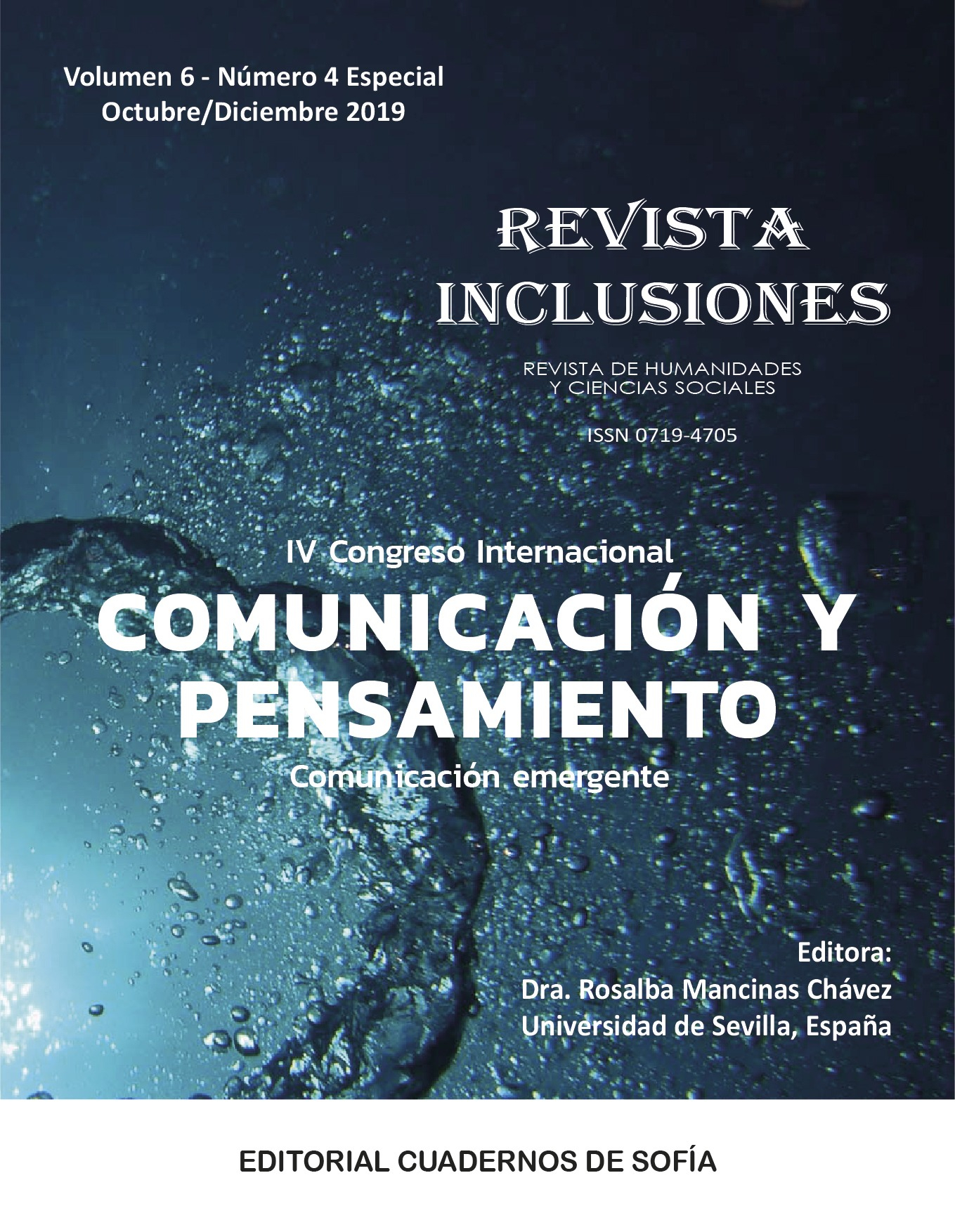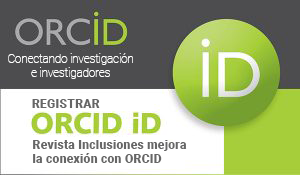EATING AND DRINKING WITH GLAMOUR SO AS NOT TO LOSE THE LINE: FOOD AND DRINK SECTORS IN THE ADVERTISING OF WOMEN'S MAGAZINES
Keywords:
Advertising, Feeding, Drink, Women's magazines, GenderAbstract
Fashion and beauty are the two pillars on which the advertising discourse of women's magazines is based. The advertising of products linked to both concepts has been traditionally marked, and continues to do so, by the use of stereotypes that subordinate the feminine ideal to thinness and eternal youth as conditions for the achievement of perfection and social recognition. The use of these clichés in fashion and beauty advertising has been widely addressed by the scientific community. However, the argument used for other products considered basic or essential, such as food or beverages, lacks an academic path that allows defining its characteristics. This research aims to verify to what extent these gender stereotypes associated with beauty and fashion are used in the advertising of food and beverages in women's magazines. The results of the content analysis of 190 graphic ads of 36 headlines of 4 magazines - Elle, Cosmopolitan, Glamor and Vogue - are presented during July, August and September 2007, 2011 and 2014, in order to know the type of products of most announced food and drink; establish whether there is a relationship between their advertising and fashion and beauty, as well as with high-end brands; and to know its evolution during the crisis that our country is going through since 2008. The results reflect the excessive concern for the ideal of feminine beauty, with light or low-calorie foods, regardless of sugary or carbonated drinks. In addition, advertising is covered with exclusivity and glamor, through beverages with packaging designed by designers or combinations of flavors that denote “exquisiteness”, without evidence that reflects that the crisis may have affected the consumer's ability to buy.
Published
How to Cite
Issue
Section
Los autores retienen los derechos de autor y otorgan a Revista Inclusiones el derecho de publicación bajo Creative Commons Attribution 4.0 International (CC BY 4.0). Esto permite el uso, distribución y reproducción en cualquier medio, siempre que se otorgue la debida atribución al autor.











